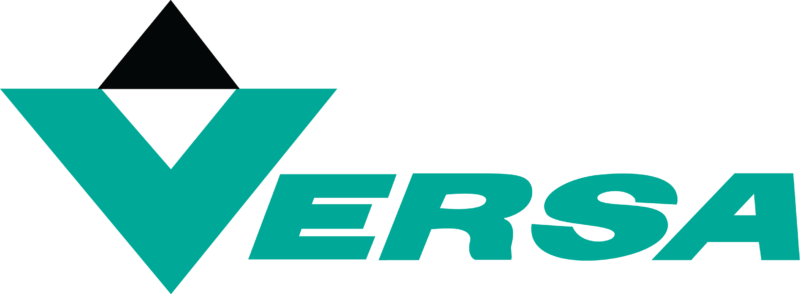A solenoid-pilot directional control valve utilizes a combination of a direct acting solenoid and a pilot valve. The solenoid direct acting valve controls the flow of a pressured media going to the pilot valve. The pressurized pilot media pushes on the pilot piston which creates a force (F=P x A). That force is used to move the plunger in the pilot valve. Flow control occurs via the configuration of the plunger. The action of moving the plunger controls the flow of the media. The advantages of the solenoid-pilot design are high flow capability, high reliability, low power consumption and simplicity of piping/installation as pilot lines are integral to the valve. The disadvantage is that it requires a minimum pressure to shift the plunger.
